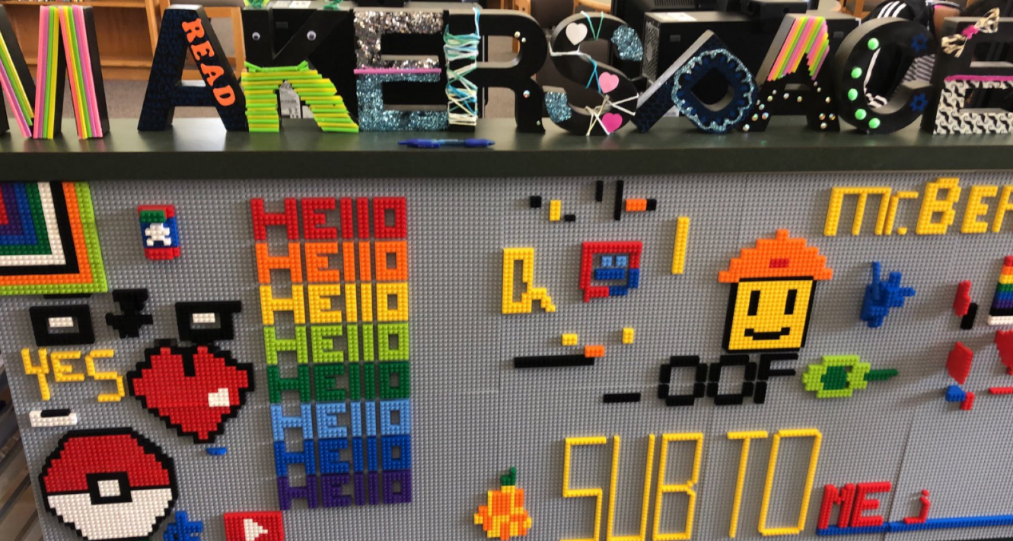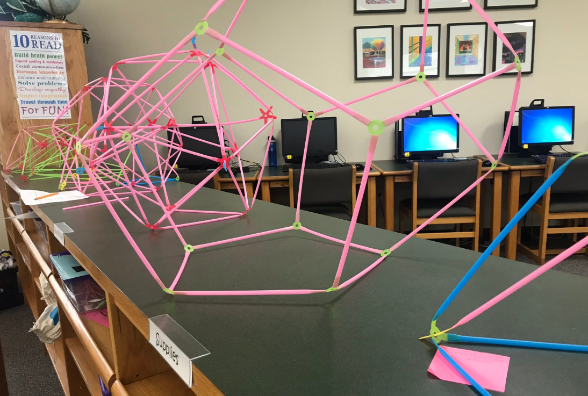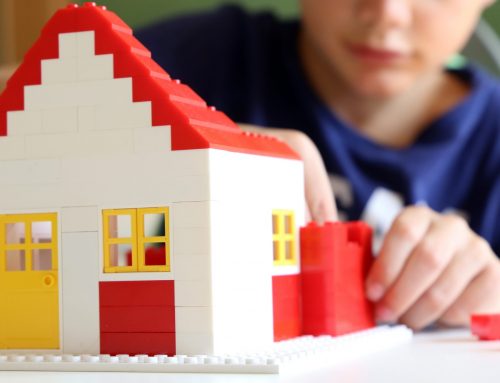Grant writing can be a very daunting and intimidating process, especially if you have never written a grant before. It’s also necessary if you teach in a low-income school, have little to no budget, or just want a start project that is beyond your means.
Prior to this school year, I had never written a grant and I was a brand-new librarian. The library that I inherited was very old-school and I wanted to bring it into the 21st century. The best way to do that was to create a STEM makerspace.
The first thing that I noticed was the incredibly small budget that I inherited! I knew that I would not be able to buy more books with that budget much less a makerspace, so I did what every good librarian does, research.
I learned through research that grants could be extremely helpful, especially for a STEM makerspace. Companies all over the United States want to help grow STEM education in young students and are willing to help through grants. After all, STEM is the future.
There isn’t a magical formula that can make sure that you are awarded every grant that you write, but here are a few helpful tips that can help you along your way to funding your own STEM makerspace:
1. Answer all the organization’s questions that they ask on the grant application.
If they want to fund you, you need to be able to answer all their questions with detail, and not just in part.
2. Identify the problem that you have and give a rational solution to that problem.
Your problem is what you want to change with the grant funds. My problem was that I wanted to have a STEM makerspace but didn’t have the resources, and my solution was to purchase STEM items that I could use in this new space. I knew that the big things that I really wanted in my STEM makerspace would be a Lego wall, Strawbees, and circuit boards.
3. Look at your school district first, then look online.
Both school districts that I have worked at have a list complied of grants that could apply to you. Your favorite search engine is another good resource to find grants. Search your location or subject area and then add “grants” to your query. For example, you could try “Houston school grants” or “STEM school grants” and opportunities will appear based off your search results.
4. Do your research.
You need to convince the organization that you know what you need and exactly how you plan to use the money. Prior to writing the grant, I gathered data about how many students used the library and what they exactly did in the space. I shared this data with the organizations when writing the grants. After being funded, I continued to collect data on how the students were utilizing the library. I then used this data on future grants to obtain more STEM makerspace materials. This Makerspace Toolkit contains a checklist of things to research when implementing a new makerspace.
5. Know what you want and what it does.
I went through different STEM makerspace websites (like STEM Supplies) and browsed for what I thought my kids wanted. After I went through and made a solid list, I watched YouTube videos explaining what the items did and how my students could use them in the makerspace. I used all this information to thoughtfully craft my grant proposal.
Through research, I learned a lot about writing grants. With my process, I have been awarded four grants and amassed an extensive makerspace that encompasses science, technology, engineering, and mathematics. The STEM makerspace is by far one of the most popular places in my library and I couldn’t have afforded it without grants.
Don’t give up if you are not successful after writing your first few grants. With a little persistence and by following the above techniques, you’ll be awarded one sooner than later!
Need assistance with your grant proposal? We’re here to help!
Our knowledgeable staff is ready to provide you with product recommendations and a hassle-free quote, specific to your grant budget. Visit our Grant Assistance page for more information and to download our free Grant Toolkit!











Leave A Comment